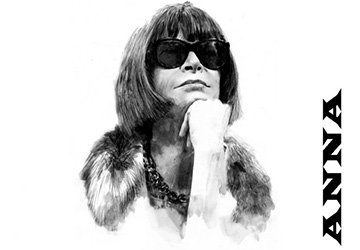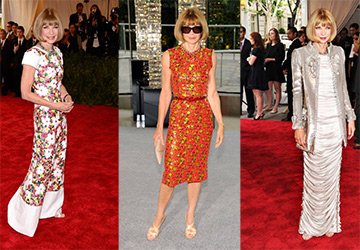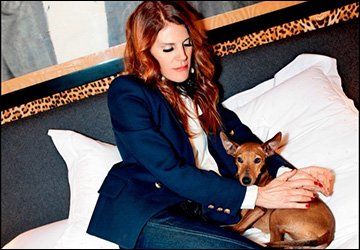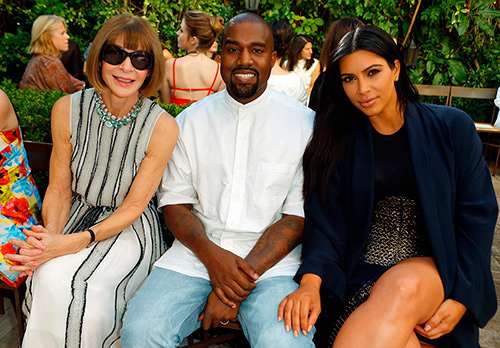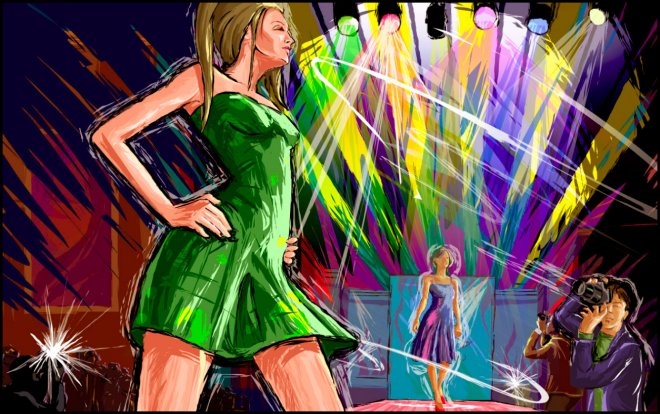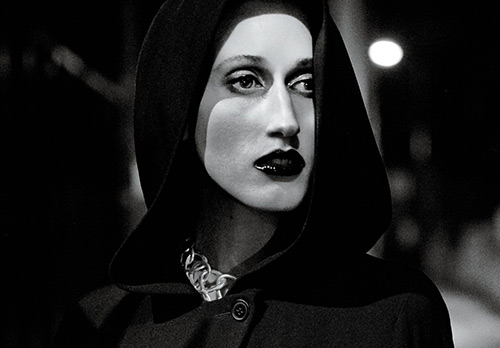High-fashion
The "first lady" of American Vogue has become even more influential: about the new appointment of Anna Wintour
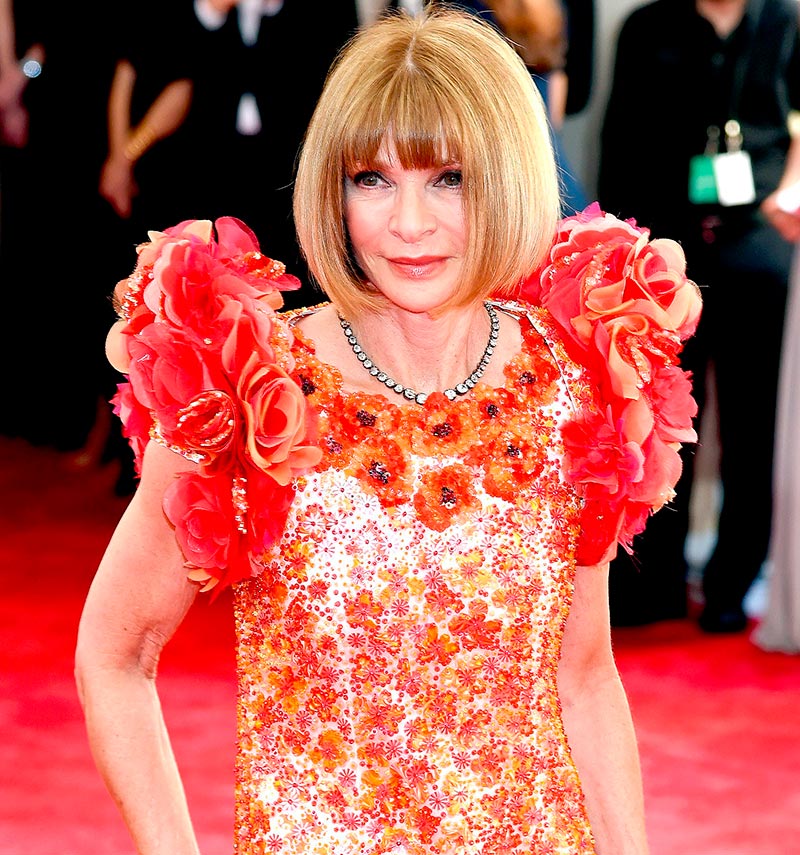
"I do not work for Anna Wintour, I work for Condé Nast"
On December 15, it became known that the editor-in-chief of American Vogue, Anna Wintour, had expanded powers: she was appointed to the position of content director of the publishing house Conde Nast. Let me remind you that for 32 years Anna has been the editor-in-chief of Vogue US and, among other things, is the art director of Conde Nast and the global content advisor to Vogue International.
Publishing chief executive Roger Lynch considers these structural changes "a turning point in the history of Conde Nast." However, this news caused a great resonance in the fashion community. But has there always been such a "special attitude" towards the most influential figure in the fashion industry?
Anna Wintour was born into a wealthy family of The Even-ing Standard editor-in-chief Charles Wintour and political activist Eleanor Baker. The future style icon and the most influential person in the fashion world quickly took a professional path for herself: she followed in her father's footsteps and decided to pursue journalism.
From a young age, Anna demonstrated her rebellious nature and rebelliousness, boycotting the school's dress code and ignoring the teachers' comments on this matter (Anna once came to school in a mini, which in the 60s was considered outrageous and unacceptable, for which she was expelled from North London Collegiate School). She was not upset (and was not even subjected to a flurry of condemnation and abuse from her parents) and decided for herself that she would be engaged in fashion journalism.
On the advice of her parents, she tried to take courses in the most famous department store in London, Harrods, but did not stay here for long either: “You either know fashion or you don’t,” with these words she left the walls of Harrods. And in what, and in the knowledge of fashion, Anna had no equal. She was only 15 when she began to advise her father on what format the newspaper needed to attract the attention of the younger generation.
Anna's parents divorced in 1979 and a little later her father married a second time. The chosen one was the founder of British youth magazines Petticoat and Honey - Audrey Slater.
At the age of 15, Anna gets a job at the BIBA store and at the same time publishes Seventeen magazine from the USA.
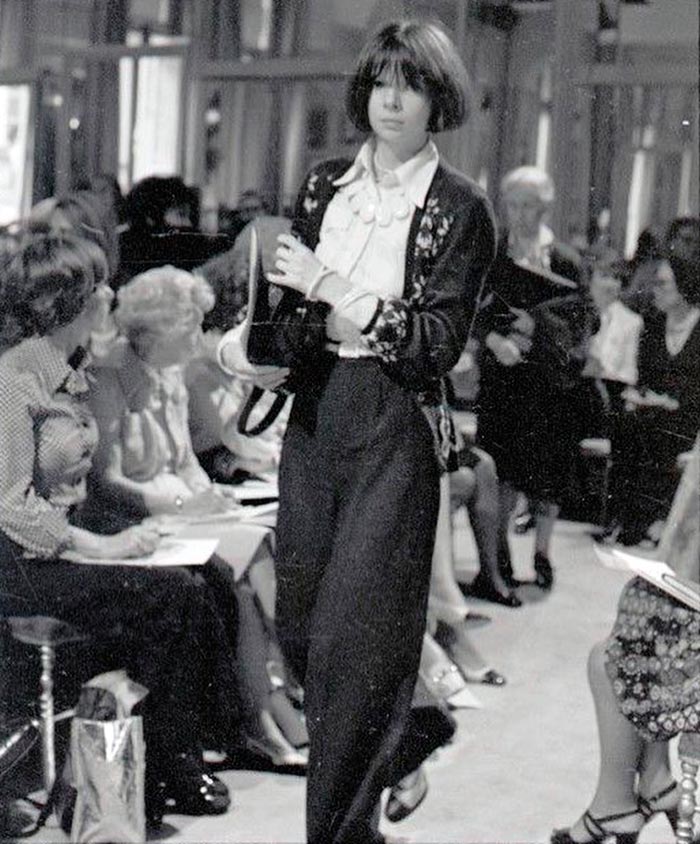
Taking advantage of her young age and feminine charm, Anna begins dating influential men (who would later influence her formation in the world of fashionable gloss). Anna's first choice was a columnist and secular columnist Nigel Dempster. But, having discerned in Richard Neville, the owner of Oz magazine, a more profitable party, he later breaks off relations with him.
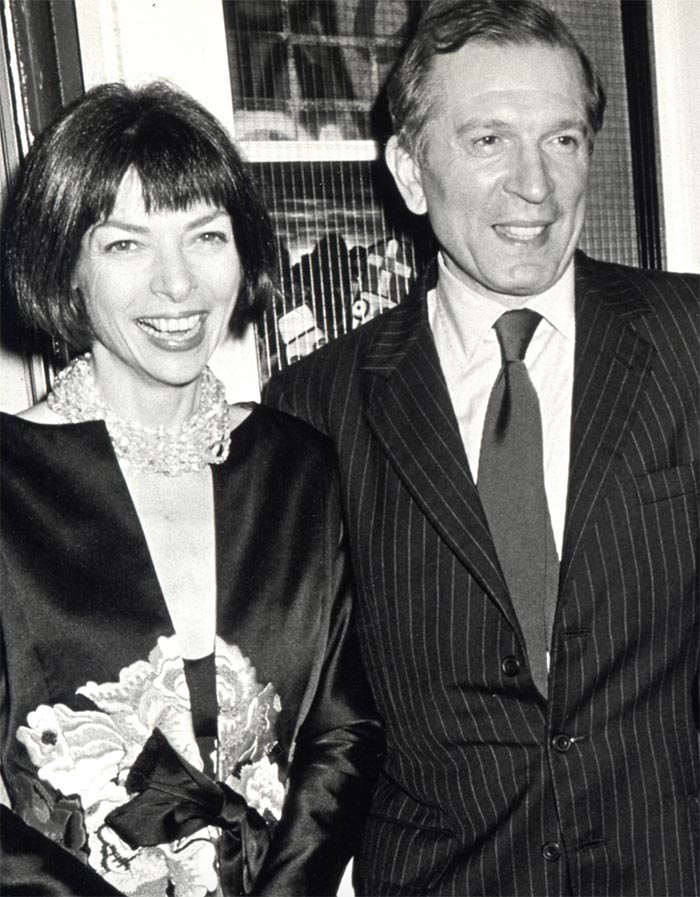
At the age of 21, Miss Wintour gets the position of assistant of the fashion department in the British magazine Harpers & Queen (the magazine owes its appearance to the merger of two publications - Harper's Bazaar and Queen), and here her path in the fashion industry begins. In 1973, Anna became deputy editor-in-chief, but after 2 years she was forced to leave the publication due to a conflict with another careerist, Min Hogg, who would later receive the chair of editor-in-chief.
The next milestone in the history of professional development was the work in the American Harper's Bazaar as a junior editor of the fashion department. However, due to disagreements with his supervisor - editor Tony Mazzola, nine months later, Wintour leaves the magazine. Colleagues have repeatedly heard from Anna that she dreams of managing Vogue and changing it. I didn't have to wait long for my "finest hour".
After a short work in the unprofitable edition of Viva, Savvy magazine and New York, in 1983 Anna Wintour meets the head of Conde Nast Alexander Lieberman, who appoints her to the post of creative director of American Vogue (Anna accepted the offer only after Mr. Lieberman agreed to double her salary and allow complete freedom of action).
Many remembered her as a radical personality with an unbridled desire to change a boring magazine (how could it be otherwise? Revolutionaries are remembered - history does not remember quietly). Anna selflessly changed the stagnant politics of Vogue, transforming the magazine from conservative fiction into a mainstay of the fashion world. It could be a happy ending to youthful aspirations, but ... During an interview with the current editor-in-chief Grace Mirabella, Anna did not hesitate to declare that she wanted to take her place, for which Miss Wintour had to step down as creative director, return to London and work for the British edition of Vogue.
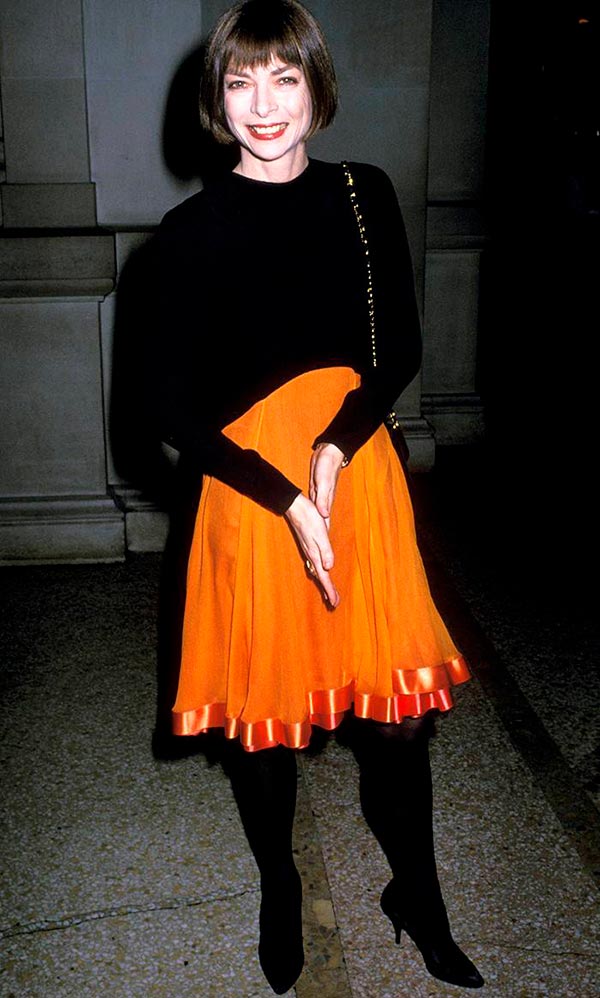
However, in 1988, Anna returned to New York to finally lead the American version. But here, too, it was not without an eccentric “exit” in the style of Anna Wintour: on her first cover, as editor-in-chief, she placed Israeli model Mikhail Burke in a Christian Lacroix couture top embroidered with stones and in simple Guess jeans. From such a bold move (to mix luxury and mass market in a magazine that promotes a luxurious, rich, beautiful life!), The editorial staff could not recover for a long time (by the way, they wanted to return the cover, considering that there was a mistake).
“I don't see fashion from a personal point of view. I am interested, firstly, how it will change the idea of women about their clothes and, secondly, whether these clothes will be good, wearable and affordable ”
Wintour has made a significant contribution to fashion, not only as an industry that designs and creates clothes for future seasons, but as an art. Thanks to her connections and a good instinct for talented people, Anna brings such a mastodon of photography as Helmut Newton into the world of gloss, also thanks to her protege we are familiar with such big names as: Annie Leibovitz, Stephen Meisel, Craig McDean and many others. Anna Wintour provided financial support to the “young” brand of the same name by John Galliano, and later, in 1997, contributed to its promotion to the House of Dior. She also took over the patronage of Marc Jacobs and Alexander McQueen. After Anna met the menswear designer Tom Brown in 2007, after a while his collection appeared in 90 Brooks Brothers stores.
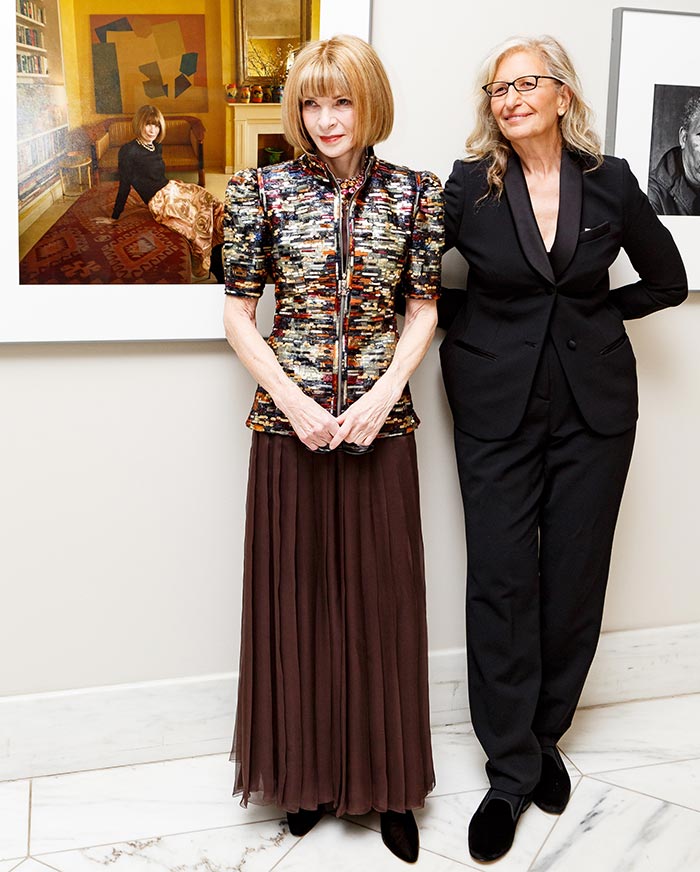
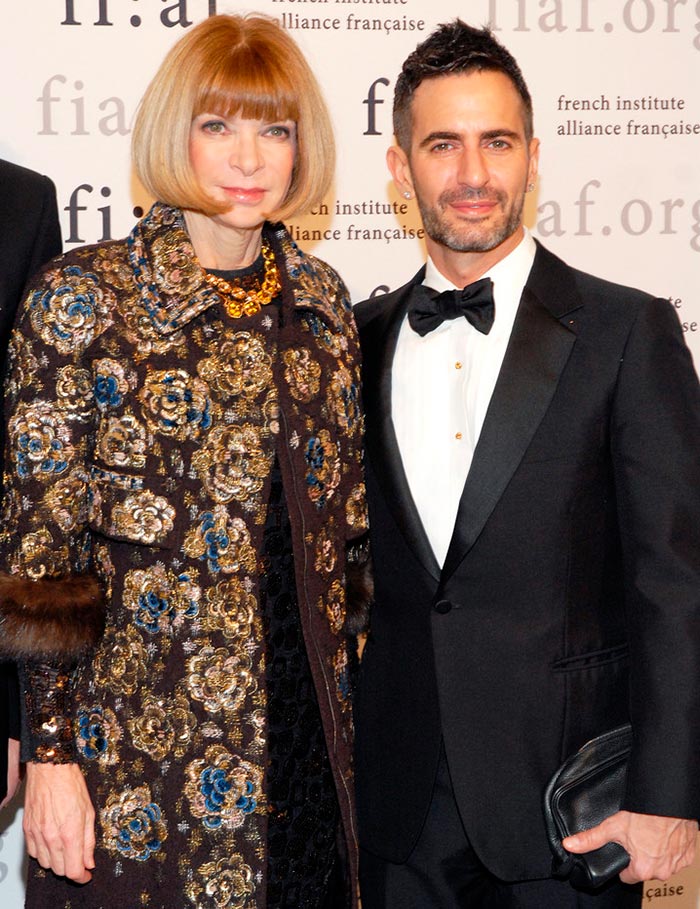
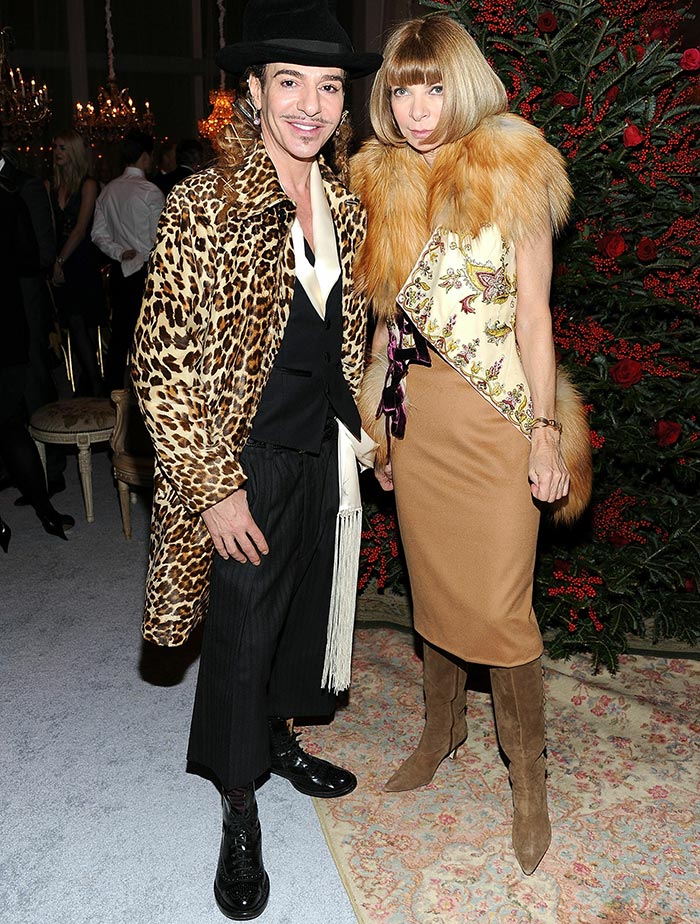
But behind the mask of "virtue" is hidden one that makes others tremble from its mere presence, plunges its subordinates into fear, hysteria and stress. Anna Wintour was repeatedly accused of harsh and unjustified comments that she made about Vogue employees. Her former creative director André Leon Telli, who, in his memoirs, recalls how Anna “determined his ceiling” in her career, “You became too old, too fat and too not tough”, also got it.
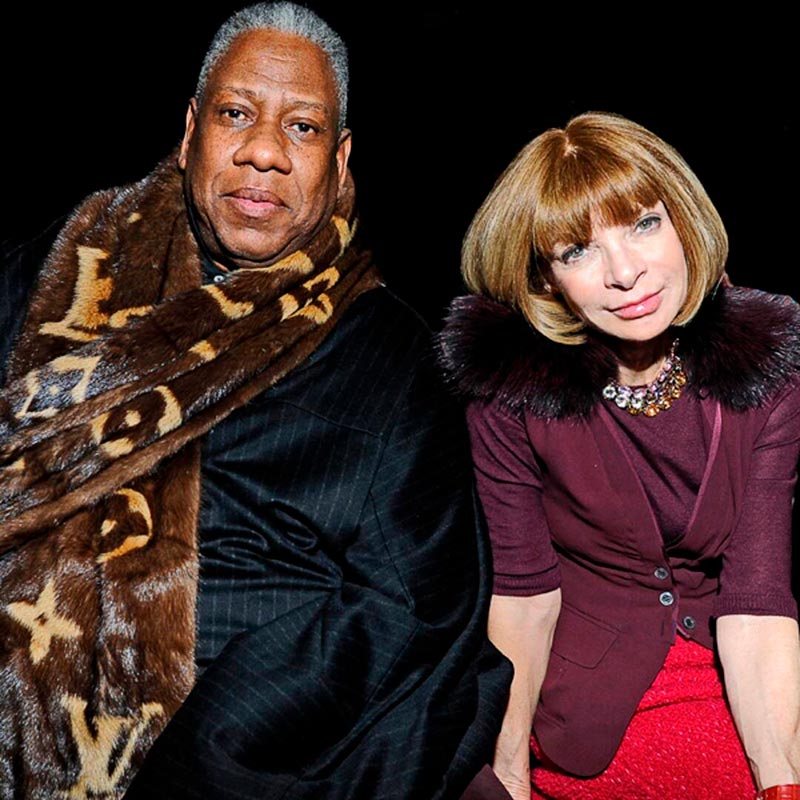
These are not all complaints about Wintour and her caustic character. Ex-Vogue workers accused Anna of racism and many were eager for her resignation (in 2024, on Instagram profile @diet_prada, they made a cover of Vogue with a picture of Anna's portrait and the title: “Why don't she leave?”). Anna did not go to corporate meetings, the theme of which was the fight against racism.
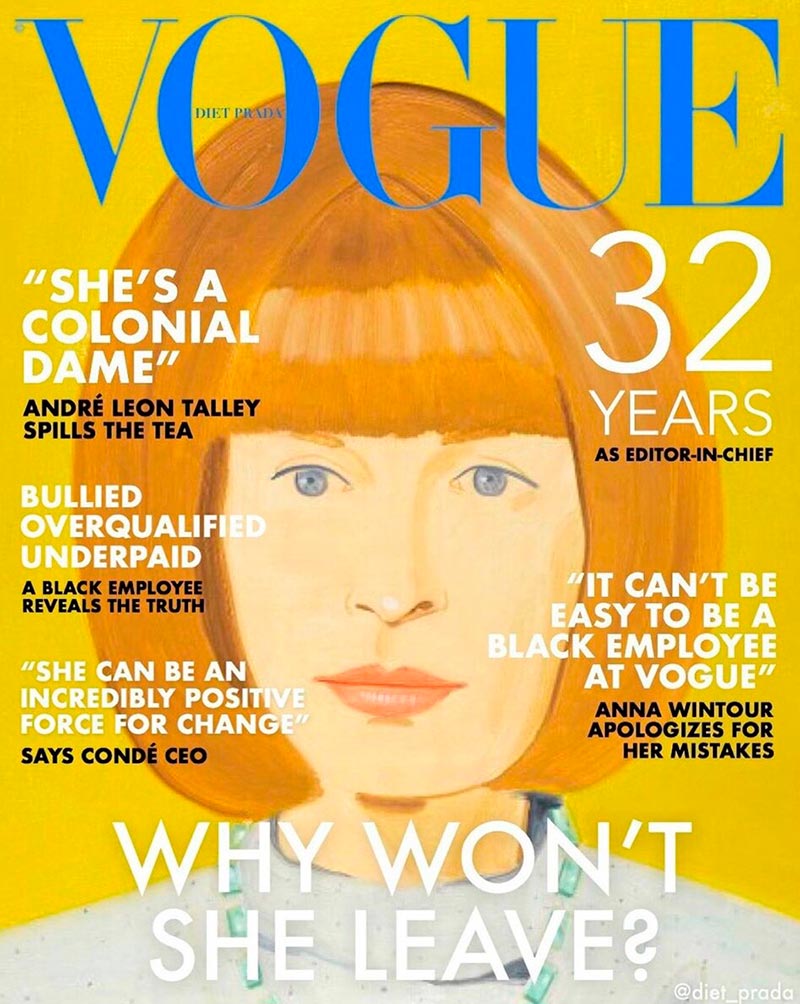
In 2008, Vogue releases a cover featuring black basketball players LeBron James and Gisele Bündchen, whose image has been compared to an episode from King Kong.
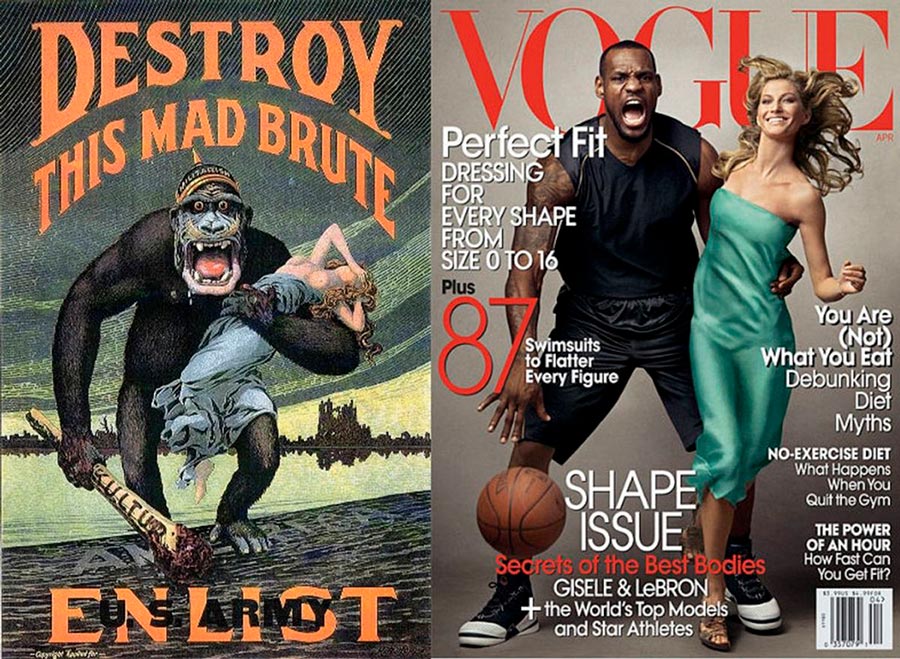
The September issue was dedicated to black models, artists, designers and other figures of fashion and art. But even this did not replace anger with the mercy of society: such an act was called hypocrisy.
Vogue recently made a public apology:
“Being a black employee at Vogue is not easy and there are too few of you. I know that a promise to fix it is not enough, but we will fix it. And please keep in mind that I appreciate your votes and suggestions as we move forward. " - Anna Wintour
Anna is a demanding and very harsh boss. The first thing she did after being appointed content director for Conde Nast was firing most of the staff who made the In Vogue The 1990 podcast.
What will be next? Only time will tell.
Comments and Reviews
Add a comment
Rating news
Shades of clothing that make women look younger
What shades of hair make women younger: rules and photos
Funny wedding dresses - photos and ideas
12 most expensive down jackets for the winter
How to look 25 at 40: tips from supermodels
Beautiful schoolgirls
Anti-aging haircuts and hairstyles for women
Fashionable skirts for autumn and winter
Fashionable women's trousers for the cold season
Fashionable and stylish sandals for summer 2024
Spring-summer 2024
 Fashionable dresses and tops with thin spaghetti straps
Fashionable dresses and tops with thin spaghetti straps
 Bandana tops: how to wear stylishly and beautifully
Bandana tops: how to wear stylishly and beautifully
 How to put together the perfect men's wardrobe for the summer
How to put together the perfect men's wardrobe for the summer
 Trendy shorts for spring-summer 2024
Trendy shorts for spring-summer 2024
 Fashionable skirts for spring-summer 2024: a guide to online shopping
Fashionable skirts for spring-summer 2024: a guide to online shopping
 The most fashionable dresses spring-summer 2024: styles and colors
The most fashionable dresses spring-summer 2024: styles and colors
 Fashionable total look 2024: image ideas and trends
Fashionable total look 2024: image ideas and trends
